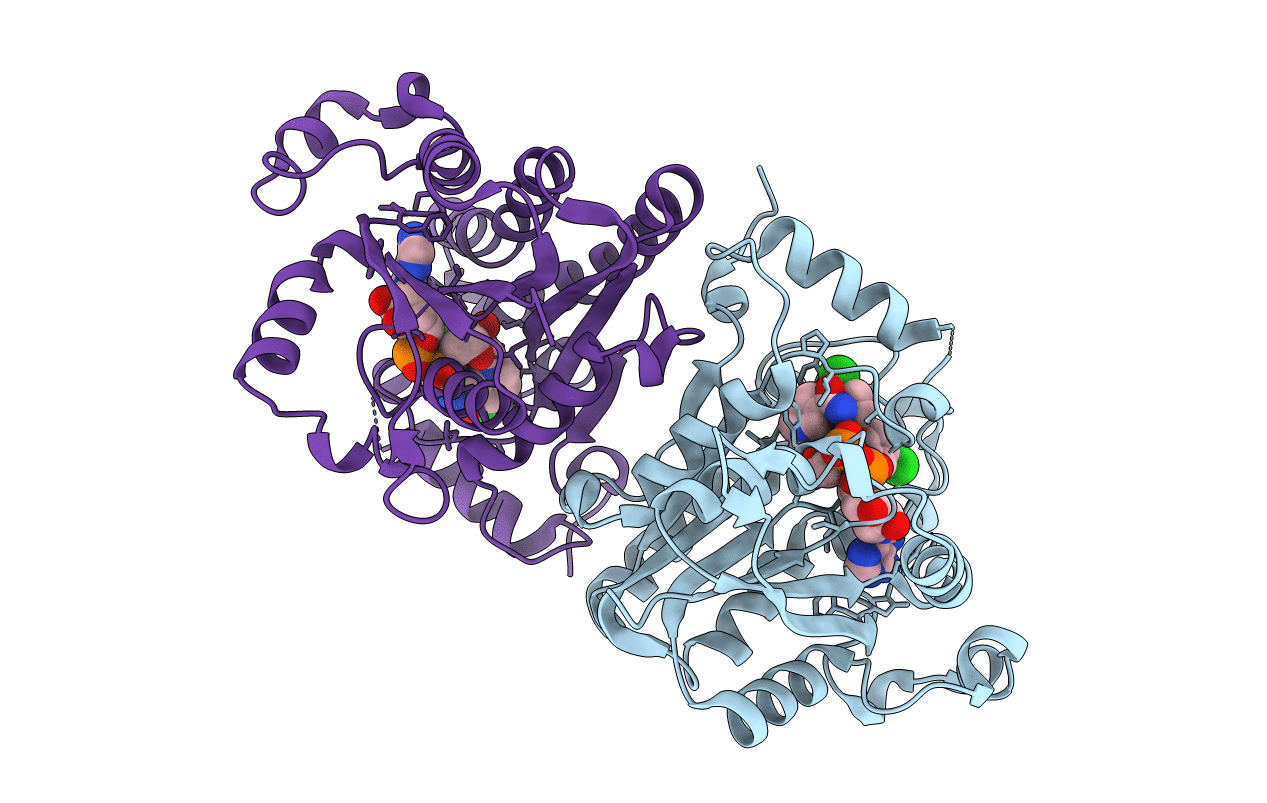
Deposition Date
2003-06-24
Release Date
2004-09-28
Last Version Date
2023-10-25
Entry Detail
PDB ID:
1UH5
Keywords:
Title:
Crystal Structure of Enoyl-ACP Reductase with Triclosan at 2.2angstroms
Biological Source:
Source Organism:
Plasmodium falciparum (Taxon ID: 5833)
Host Organism:
Method Details:
Experimental Method:
Resolution:
2.20 Å
R-Value Free:
0.21
R-Value Work:
0.18
R-Value Observed:
0.18
Space Group:
P 43 21 2


